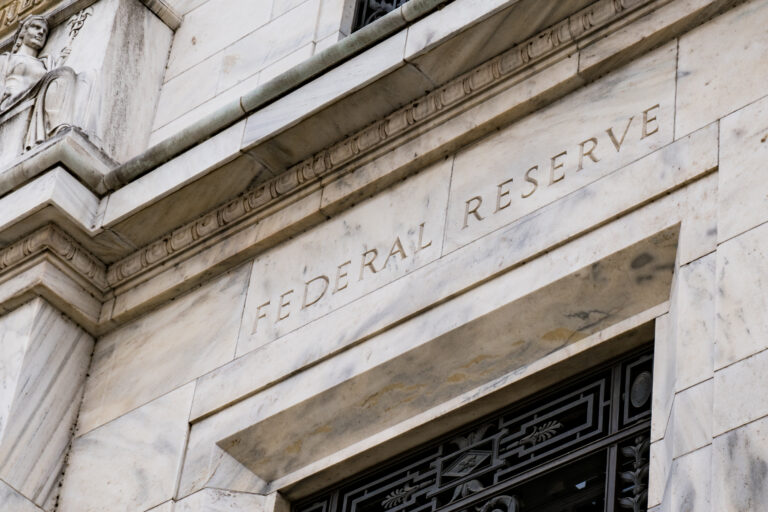I’ll be blunt: Today was a very, very bad day for the stock market.
The broader market sold off hard today. As of this writing, the S&P 500 and Dow are down more than 3% and the NASDAQ is down more than 4%.
The culprits behind today’s plunge? The Consumer Price Index (CPI) reading for August and the subsequent surge in Treasury yields.
First, the CPI report…
For August, CPI rose 8.3% year-over-year and 0.1% month-over-month. This came in well above economists’ expectations for an 8.1% rise and 0.1% decline from July. I should also add that core CPI, which excludes energy and food, rose 6.3% year-over-year and 0.6% month-over-month.
This compares to economists’ projections for core CPI to increase 6.1% year-over-year and 0.3% month-over-month. The fact of the matter is, the 0.1% increase was a big surprise for economists and analysts alike.
If we dig a little deeper into the numbers, the story is even worse:
- Food index increased 0.8% month-over-month and 11.4% year-over-year (the biggest year-over-year increase since May 1979)
- Shelter costs rose 0.7% month-over-month and 6.2% year-over-year
- Medical care services increased 0.8% month-over-month and 6.2% year-over-year
The silver lining was that energy prices declined 5% month-over-month, thanks in part to the 10.6% decline in gas prices. Unfortunately, this decline was not enough to offset other inflationary costs, which means that inflation is structural and baked into service costs.
This morning’s inflation surprise sent stocks significantly lower and Treasury yields significantly higher. As of this writing, the 10-year Treasury is at 3.44%, and the two-year Treasury yield is back at levels not seen since 2007.
Needless to say, the spike in inflation and rise in Treasury yields is a big problem, and it spells trouble for the Federal Reserve.
It’s the Fed’s job to stay in sync with market rates, which means it needs to continue raising key interest rates. So, the central bank is under pressure to raise key interest rates as high as 4%. If the Fed ups key rates by 75 basis points next week, which Wall Street already anticipates, rates will sit at around 3% to 3.25%. The Fed will still have to get key interest rates between 3.75% and 4%.
That means two things. One, the possibility of a full 100-basis-point hike has increased. The market current prices in a 22% chance of this happening. Two, the Fed will have to raise key interest rates again in November, and that’s six days before the mid-term elections.
Personally, I was in the camp that the Fed would stop raising rates after its September meeting and then do any fine-tuning in December. However, following today’s inflation data and rise in Treasury yields, all bets are off.
But even with all of this negative news, I still wouldn’t jump out of the market right now. I think the turn is coming sooner rather than later, and there are plenty of exciting opportunities out there. In fact, a once-in-a-decade phenomenon that opens a small window for potentially huge gains from certain low-priced stocks is happening right now.
I will explain it all in my special
Under $10 event, scheduled for this Thursday, September 15, at 4 p.m. Eastern time. I’ll also reveal the name, ticker symbol and much more about an amazing company that is currently trading for less than $10 per share – and is especially well-positioned to benefit from this phenomenon. Simply click here to register for the event. It’s 100% free to attend.
Sincerely,

Louis Navellier

